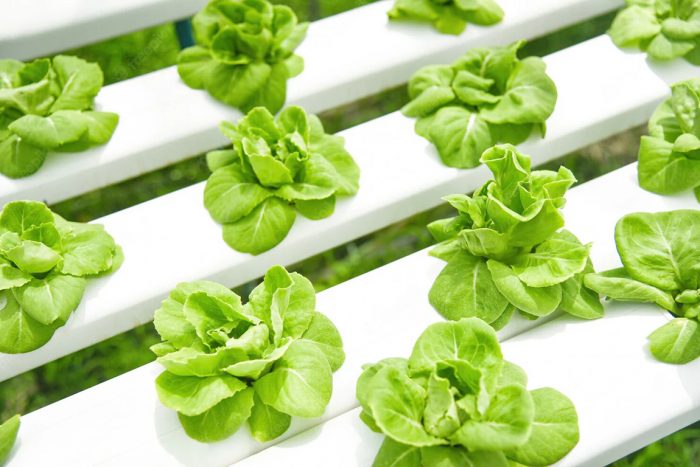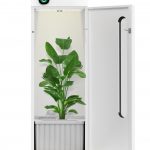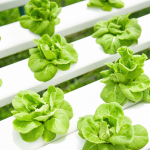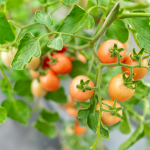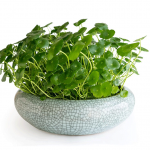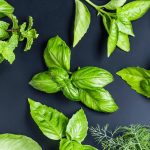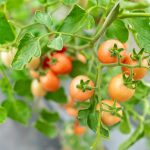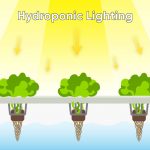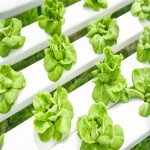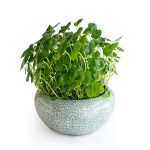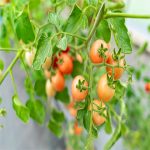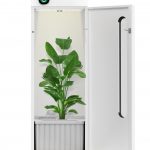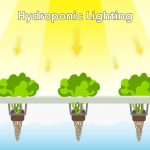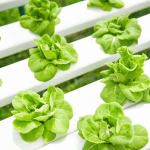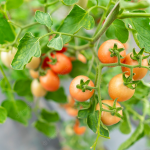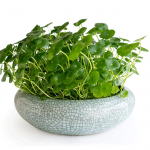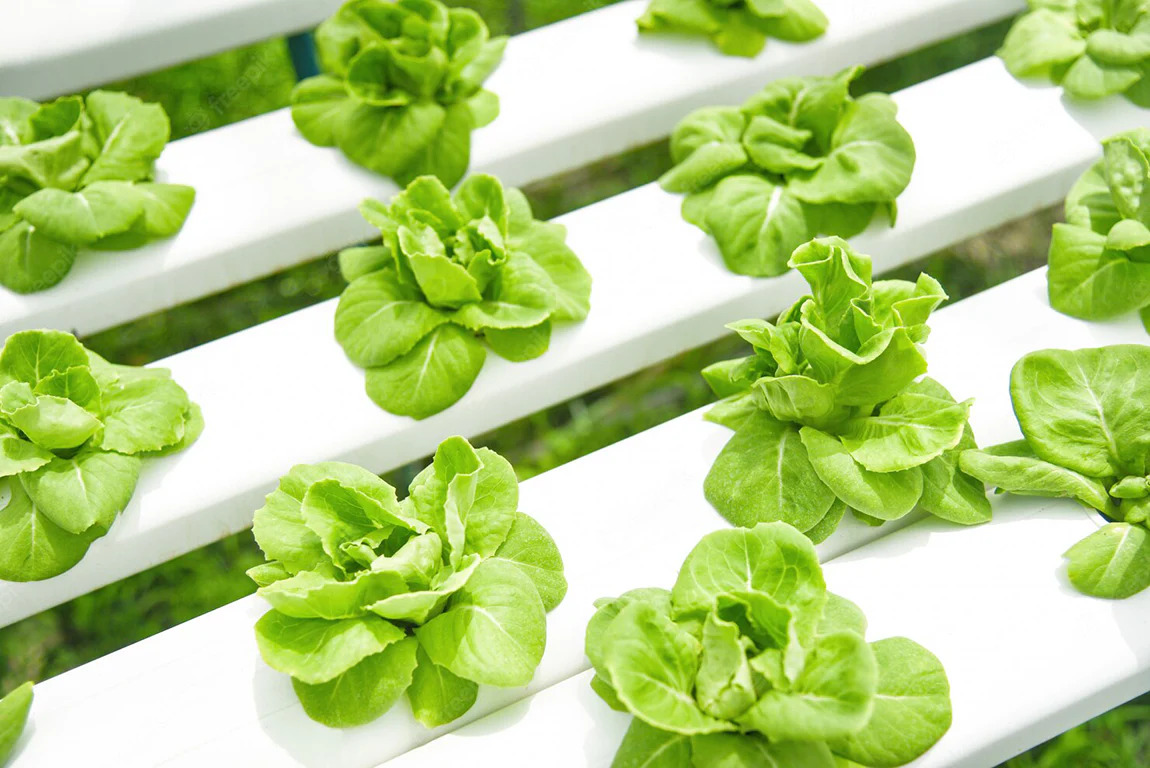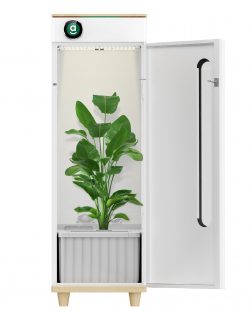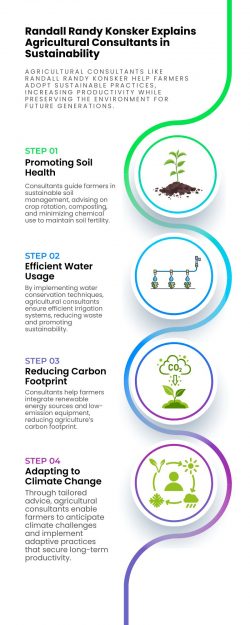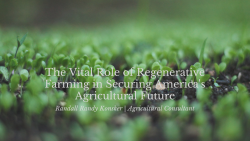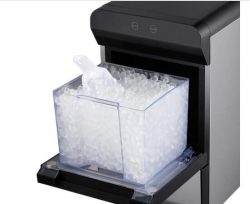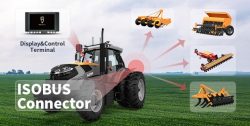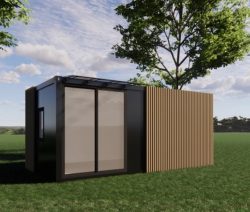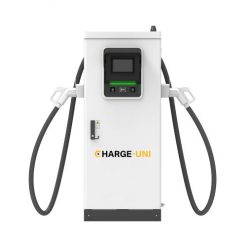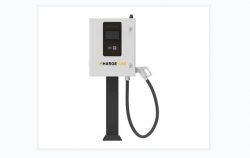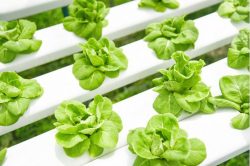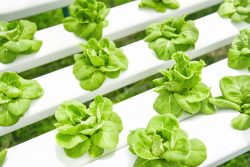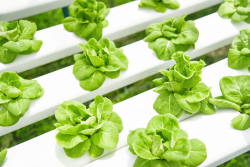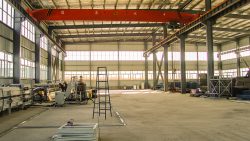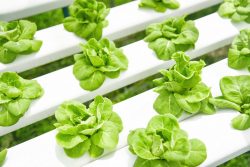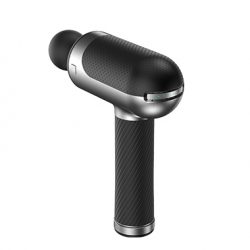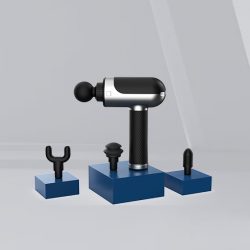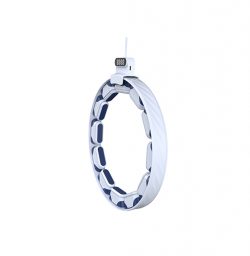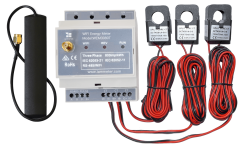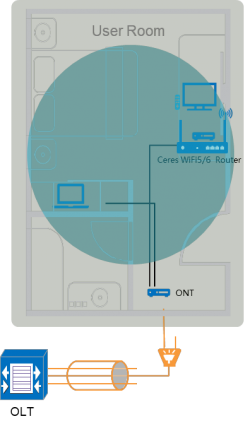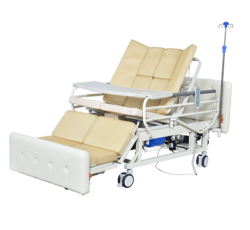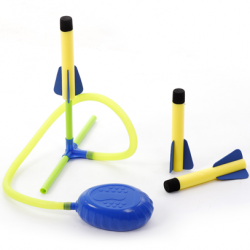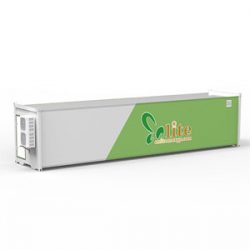Hydroponics: Start Your Indoor Farm at Home
In recent years, people have realized the importance of growing their own food. There’s only one problem: space. While homeowners with plots of land can enjoy the perks of organic farming, others can only grow a potted plant or two inside their apartment. Some people are fortunate enough to have space for a few indoor plants, but they are understandably worried about the mess they can create—after all, dirt and pets do not mix well!
Fortunately, there’s a new indoor growing technique that allows you to grow the plants you want, all without the mess.
Ⅰ. ADVANTAGES OF HYDROPONIC GROWING
A hydroponic system allows you to grow plants in a water-based, nutrient-rich solution without any soil. These systems have several advantages over traditional growing techniques: first, hydroponically grown plants do not need to develop extensive root structures to absorb nutrients. Another benefit is that the pH of the nutrient medium can be tested and adjusted as necessary throughout the growing process.
With the help of a smart hydroponic system, plants can grow in a controlled pH environment and inert medium. This means plants can spend minimal energy absorbing nutrients from the medium through their roots. This energy saved by the roots can then be used for flower and fruit production. Other advantages of an hydroponic automated grow system include the ability to:
1. Grow plants year-round;
2. Save water because the nutrients of the plant are controlled;
3. Grow more plants in a given area;
4. Enhance the taste of your crops;
5. Grow a quick and more bountiful yield;
6. Grow without needing to weed the plant;
7. Grow without worrying about soil pests;
8. Grow without needing to use pesticides
Ⅱ. DIFFERENT TYPES OF HYDROPONIC PLANTING TECHNOLOGY
There are several types of hydroponic growing techniques, including:
1. Water culture;
2. Irrigation through drip irrigation system;
3. Wick system;
4. Nutrient film technology;
5. Aeroponic system;
6. Flood and drainage system (ebb and flow).
Ⅲ. HYDROPONIC SYSTEM
A hydroponic system is a structure that includes trays, A-frames, and towers that can hold water or other inert media and also have a place to grow plants.
There are two basic categories of hydroponic systems, one is liquid culture solution and the other is aggregate culture. In a solution system, the roots of the plant grow directly in the nutrient-laden solution. Whereas in aggregate systems such as sand, gravel or small clay particles, the roots of the plant should grow in the medium.
In both methods, hydroponic systems provide three basic building blocks for the root growth of plants, namely water or moisture, oxygen and nutrients. As mentioned above, different types of hydroponics systems are available to meet an individual’s comfort level in hydroponic plants.
Ⅳ. WHERE TO GET ONE
There are two common ways you can obtain a hydroponic system; building your own or purchasing one. If you are big on DIY projects, building your own system could be a fun challenge. Given the right materials, you can customize your hydroponic system to fit your space and the type of plants you want to grow.
Indoor hydroponic growing systems are also readily available through many commercial suppliers. Luckily, some grow boxes like abby grow box require no assembly and come ready to plug in. In the end, its important to choose a grow box that best suits your individual needs and accommodates your space.
While hydroponic gardening is not the same as organic gardening, they share a similar ecological value. Using a hydroponic system, you can grow any houseplant, vegetable, or fruit all in the comfort of your own home. This method is best for growing shallow-rooted plants like spinach, lettuce, and certain herbs. Given the optimal growing conditions of the system, hydroponic growth yields can exceed those of conventional and even organic gardening methods.
Hydroponic gardening is not the same as organic gardening, but the ecological value of hydroponics is the same as organic gardening. All houseplants, vegetables and fruit plants can be grown this way. This solution is best for growing shallow-rooted plants such as spinach, lettuce, and some herbs. With the proper balance of all growing conditions, yields that exceed conventional and organic gardening methods can be achieved.
